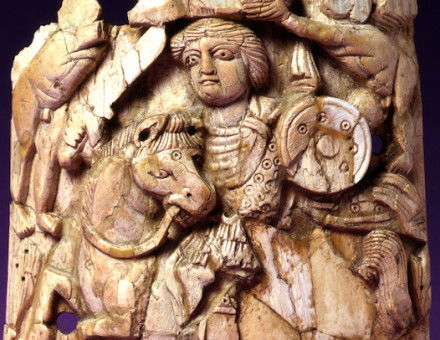The Battle of Keren
At a discouraging time during the Second World War, writes Geoffrey Evans, British and Indian troops gained a spectacular victory over the Italian forces in East Africa.
At dawn on March 27th, 1941, white flags of surrender fluttered on the summit of Mount Sanchil, more than 6,000 feet above sea-level and the highest feature of the natural fortress of mountains guarding the Keren Plain. Little parties of Italians and Eritreans, carrying smaller white flags, were beginning to make their way down the mountainside.
The battle of Keren was over – but at considerable cost – nearly 4,000 British and Indian soliders had either been killed or wounded. For more than seven weeks, these troops had fought magnificently, under conditions of extreme difficulty, to break through the enemy defences manned by some of the best soldiers the Italians could produce –Bersiglieri, Alpini and Savoy Grenadiers.
How was it that British and Indian soldiers found themselves fighting in the wild, mountainous and comparatively unknown country of Eritrea? How was it that this battle must rank as one of the most frustrating and grim of the Second World War?





